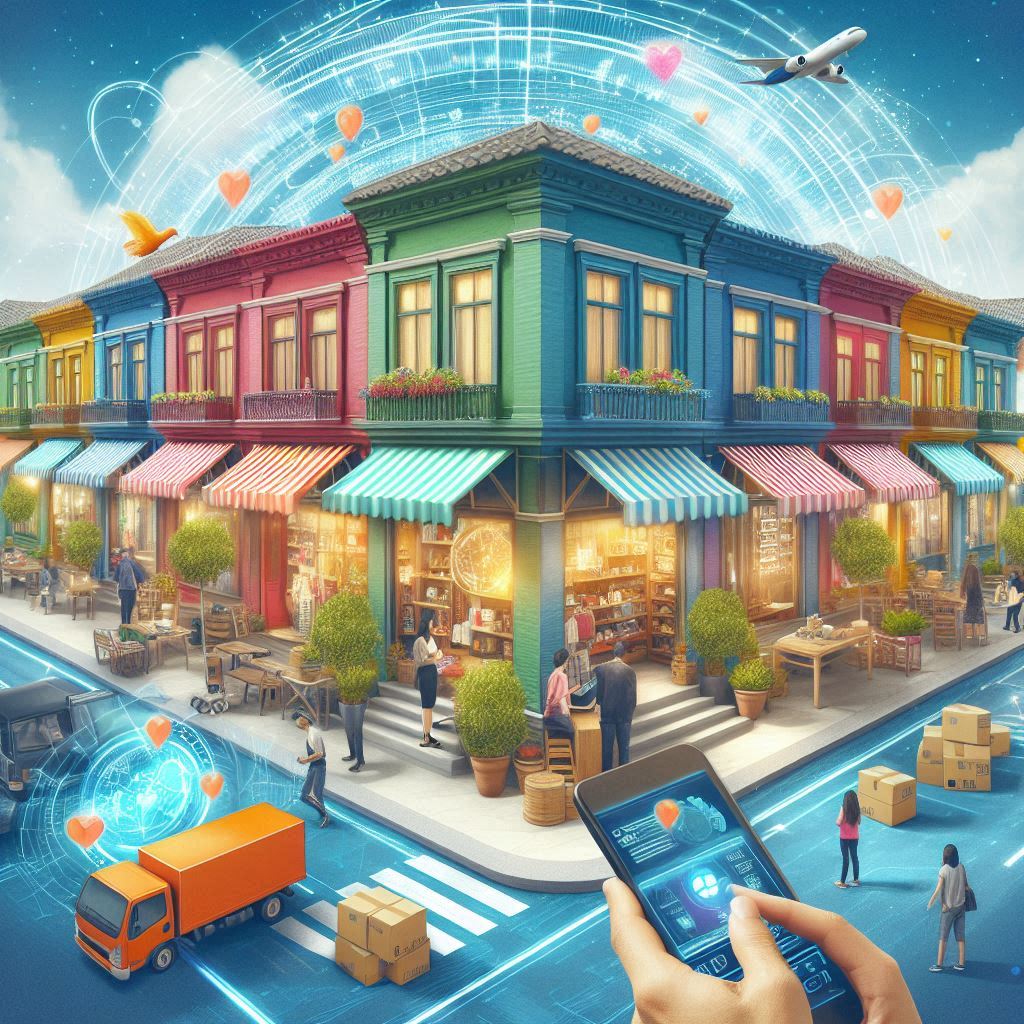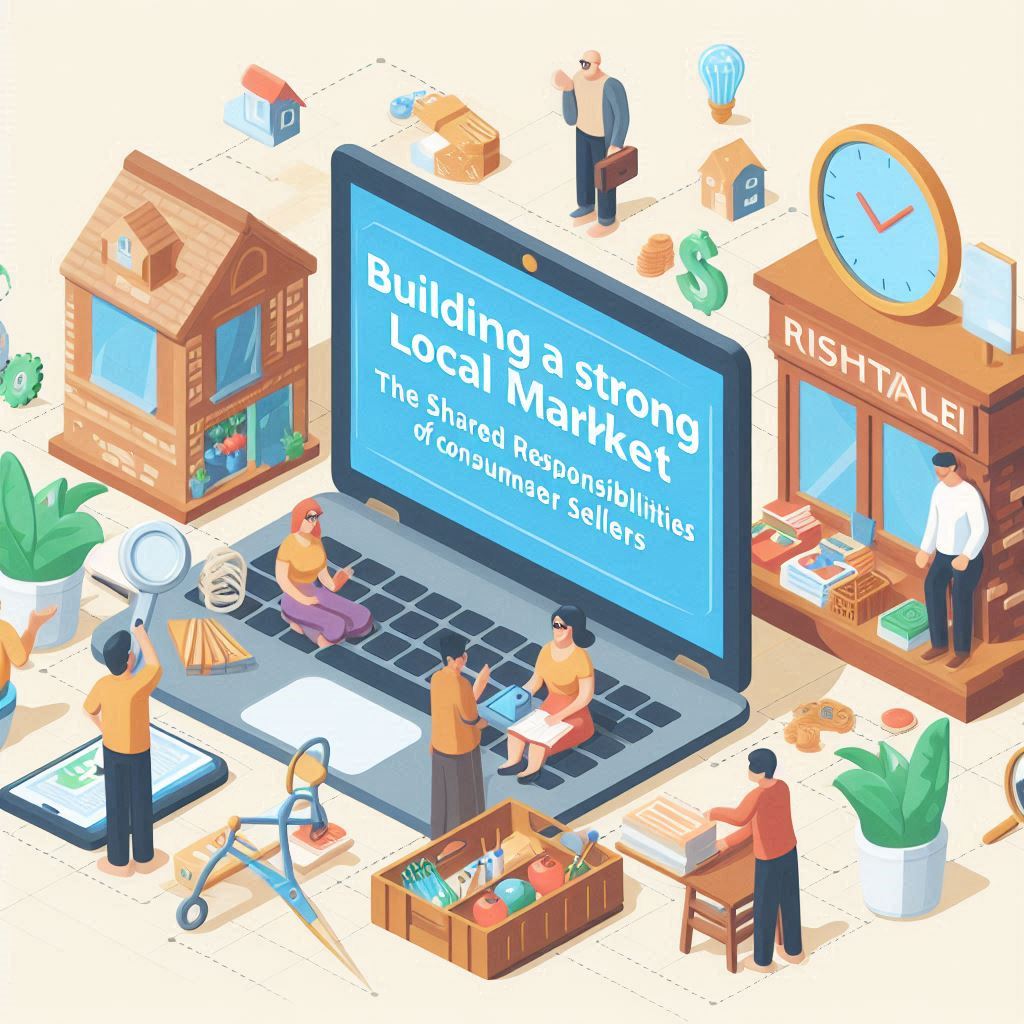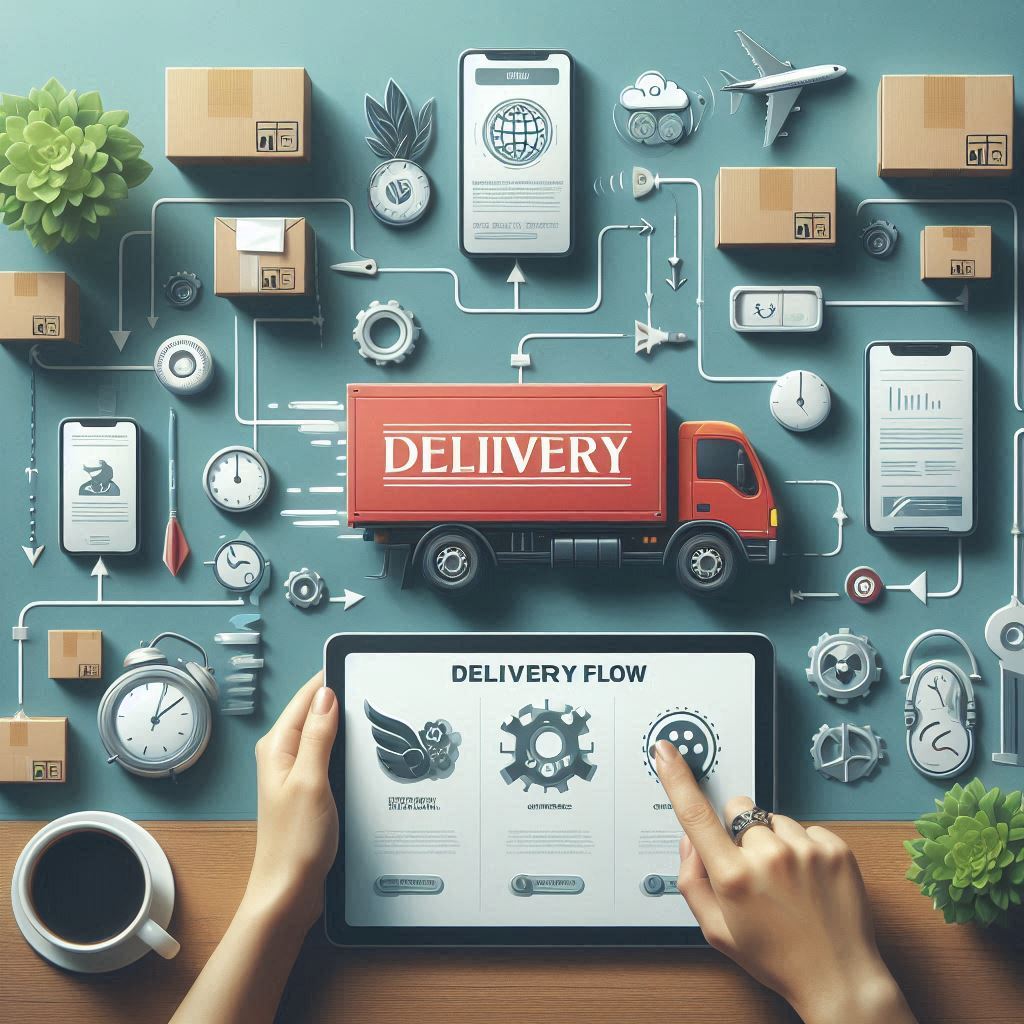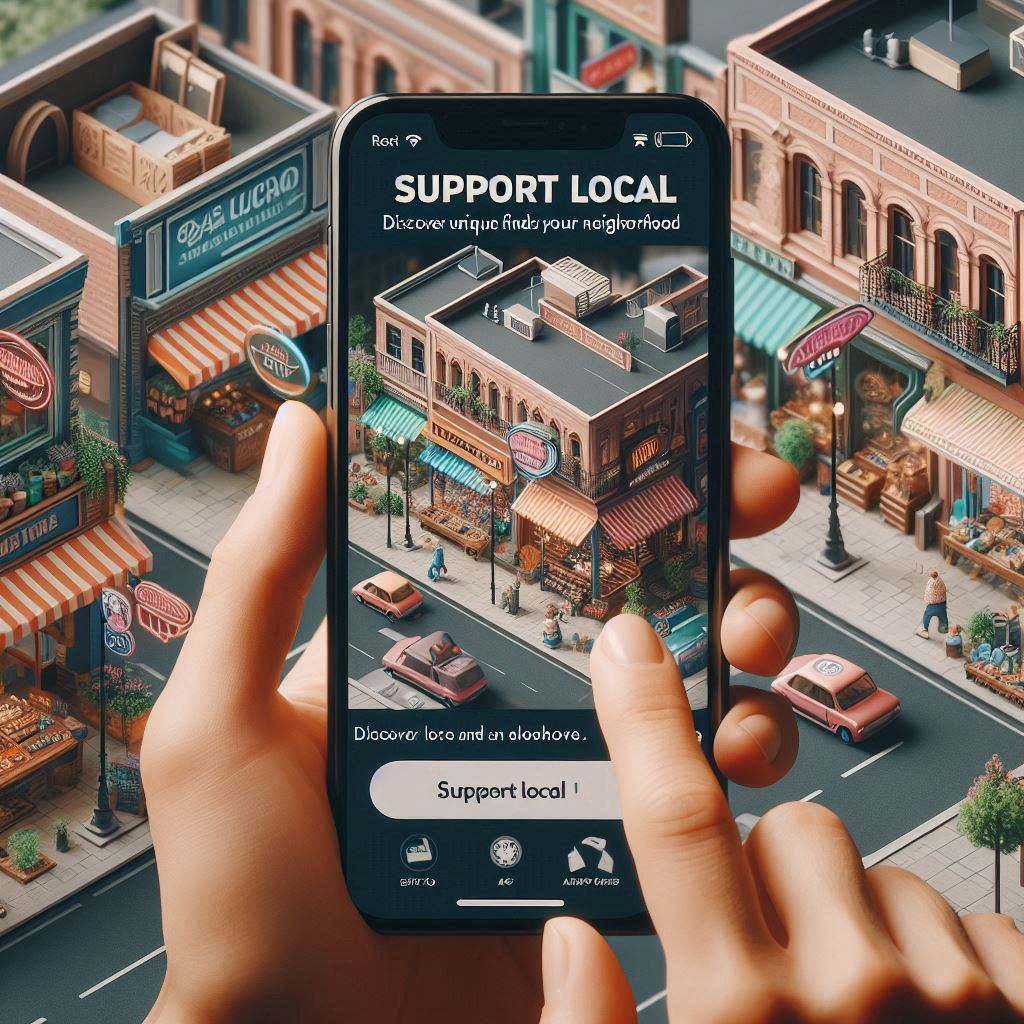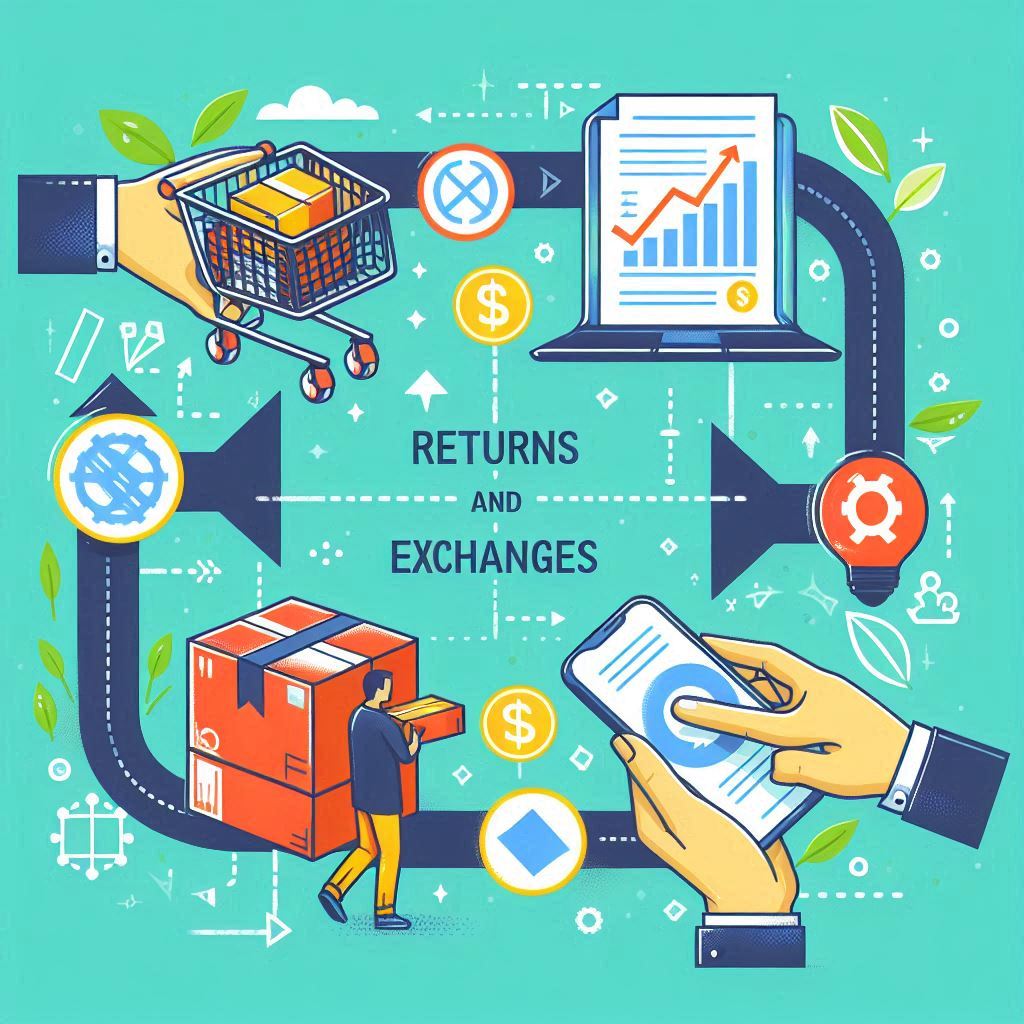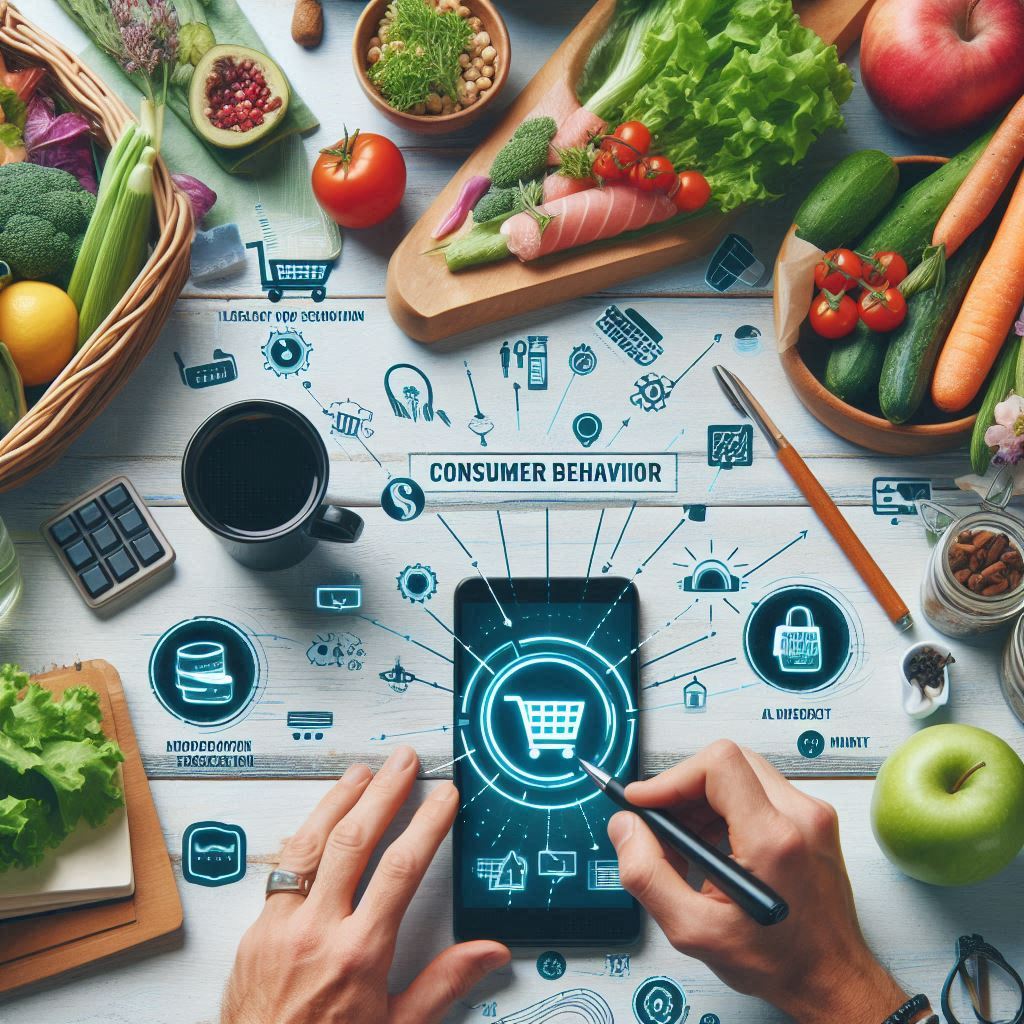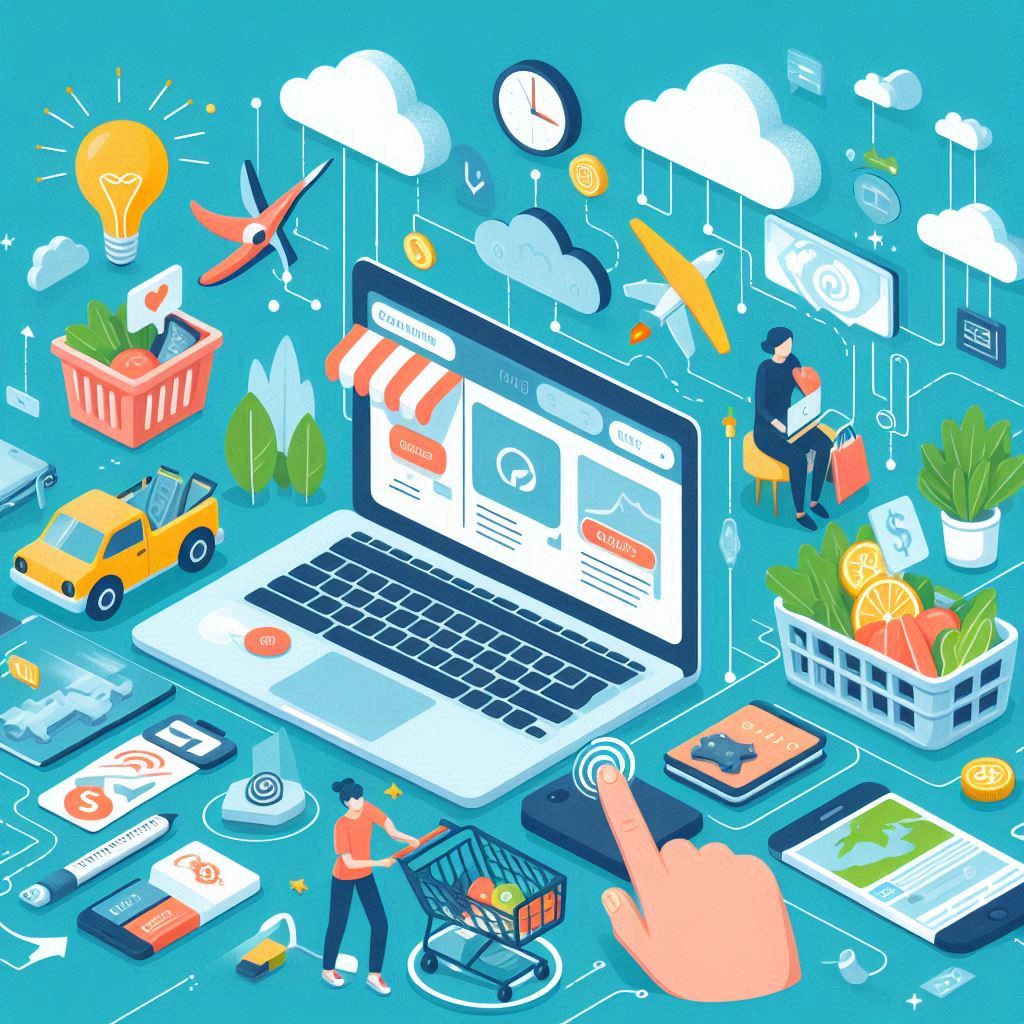Introduction
The retail industry is undergoing a transformative shift as the lines between online and offline shopping continue to blur. As we look towards the future of retail, it’s clear that the key to success lies in blending the convenience of e-commerce with the engagement of physical stores. In this blog post, we’ll explore the emerging trends, challenges, and opportunities that will shape the future of retail.
Understanding the Evolution of Retail
The retail industry has undergone a remarkable transformation over the years. Once dominated by traditional brick-and-mortar stores, the retail landscape has shifted towards a more digital-centric model. The rise of e-commerce has revolutionized the way consumers shop, offering unparalleled convenience and a wider selection of products at their fingertips. As online shopping continues to grow in popularity, retailers must adapt to this new reality to remain competitive in the future of retail.
The Emerging Trend
As the retail industry continues to evolve, a new trend has emerged that blends the convenience of online shopping with the engagement of offline experiences. This approach, known as omnichannel retailing, aims to create a seamless and integrated shopping journey for customers across multiple platforms. By breaking down the barriers between online and offline channels, retailers can provide a more personalized and satisfying experience for their customers.
The Rise of Omnichannel Retailing
Breaking Down Silos
Omnichannel retailing involves breaking down the barriers between online and offline channels, allowing customers to move fluidly between them. This integration ensures that customers receive a consistent and personalized experience, whether they are browsing on a mobile device, shopping on a desktop, or visiting a physical store. By providing a unified shopping journey, retailers can build stronger relationships with their customers and increase loyalty.
The Role of Technology in Creating Unified Shopping Journeys
Technology plays a crucial role in enabling omnichannel retailing. Advancements in areas such as artificial intelligence (AI), the Internet of Things (IoT), and data analytics have made it possible to create seamless and personalized shopping experiences across multiple touchpoints. By leveraging these technologies, retailers can gain a deeper understanding of their customers’ preferences and change their offerings accordingly, ultimately driving sales and customer satisfaction in the future of retail.
Enhancing the In-Store Experience with Digital innovations
Smart Stores
The future of retail lies in the integration of digital technologies within physical stores. AI and IoT are revolutionizing the in-store experience by enabling features such as smart shelves, interactive displays, and personalized recommendations. These innovations not only enhance the customer experience but also provide valuable insights into shopping behavior. As retailers continue to invest in these technologies, we can expect to see even more innovative solutions emerge in the future of retail.
Personalized Shopping
Data is the backbone of personalized shopping experiences. By collecting and analyzing customer data across multiple channels, retailers can gain a deeper understanding of their preferences and the in-store experience accordingly. This could include offering personalized product recommendations, targeted promotions, and customized services. As the future of retail unfolds, we can expect to see an even greater emphasis on data-driven personalization to meet the evolving needs and expectations of customers.

The Impact of E-Commerce on Traditional Retail
Adapting to Consumer Behavior
The rise of e-commerce has significantly impacted consumer behavior and expectations. Customers now expect a seamless and convenient shopping experience, with the ability to research, compare, and purchase products from the comfort of their own homes. Traditional retailers must adapt to these changing expectations to remain competitive in the future of retail. By embracing e-commerce and offering a seamless omnichannel experience, traditional retailers can attract and retain customers in the years to come.
The New Norm
In response to the growing demand for convenience, hybrid shopping models such as click-and-collect have become increasingly popular. These models allow customers to order products online and pick them up in-store, offering the best of both worlds. As the future of retail unfolds, we can expect to see more innovative hybrid shopping models emerge. Retailers who embrace these new models and provide a seamless experience across channels will be well-positioned to succeed in the future of retail.
The Importance of Customer Experience in the Future of Retail
Meeting Customers Where They Are
In the future of retail, meeting customers where they are will be crucial. This means embracing mobile and social shopping platforms to reach customers on their preferred channels. By optimizing for mobile and leveraging social media platforms, retailers can engage with customers in a more personalized and interactive way. As mobile and social shopping continue to grow in popularity, retailers who invest in these channels will be able to stay ahead of the curve in the future of retail.
Building Brand Loyalty Through Consistent and Memorable Experiences
To succeed in the future of retail, building brand loyalty through consistent and memorable experiences across platforms will be essential. Customers expect a seamless and cohesive brand experience, regardless of the channel they choose to engage with. By creating a strong brand identity and delivering consistently positive experiences, retailers can foster long-lasting relationships with their customers. As the future of retail evolves, retailers who prioritize customer experience and brand loyalty will be well-positioned to grow in a highly competitive landscape.
Challenges and Opportunities in the Fusion of Online and Offline Retail
Overcoming Logistical Hurdles
One of the key challenges in the future of retail is managing inventory and fulfillment across multiple channels. As customers demand more flexibility and convenience, retailers must ensure that their inventory is optimized and their fulfillment processes are efficient. This may require investing in advanced logistics systems and streamlining operations to meet customer expectations. By overcoming these logistical hurdles, retailers can provide a seamless and satisfying shopping experience for their customers in the future of retail.
Capitalizing on Data
Data is a powerful tool in the future of retail. By collecting and analyzing data from various touchpoints, retailers can gain valuable insights into customer behavior, preferences, and pain. points. These insights can then be used to drive strategic decisions, optimize marketing efforts, and improve the overall customer experience. As the future of retail unfolds, retailers who embrace data-driven decision-making will be able to stay ahead of the curve and adapt to changing market conditions.
Preparing for the Future: Trends to Watch in Retail
Enhancing Shopping Experiences
As the future of retail unfolds, we can expect to see an increasing influence of augmented reality (AR) and virtual reality (VR) in enhancing shopping experiences. These technologies have the potential to revolutionize the way customers interact with products, allowing them to visualize items in their own space or experience them in a virtual environment. As AR and VR continue to evolve, retailers who invest in these technologies will be able to provide a more engaging and immersive shopping experience for their customers.
The Role of Sustainable Practices in Shaping Future Consumer Preferences
Sustainability is becoming an increasingly important factor in shaping consumer preferences in the future of retail. As consumers become more conscious of their environmental impact, they are seeking out brands that prioritize sustainable practices. Retailers that embrace eco-friendly initiatives and promote transparency in their supply chains will be well-positioned to attract and retain customers in the years to come. By incorporating sustainable practices into their business model, retailers can demonstrate their commitment to social responsibility and appeal to the growing number of environmentally conscious consumers.
Conclusion
The future of retail is a dynamic and exciting landscape, filled with both challenges and opportunities. As the industry continues to evolve, successful retailers will be those who embrace omnichannel strategies, leverage digital technologies, and prioritize customer experience. By adapting to changing consumer behaviors and embracing innovative solutions, retailers can grow in the future of retail. As we look ahead, it’s clear that the key to success lies in blending the convenience of online shopping with the engagement of physical stores, creating a seamless and satisfying experience for customers across all touchpoints.
As we explore the future of retail and the fusion of online and offline experiences, Miodeal is committed to helping you navigate this evolving landscape. Join us in embracing innovative solutions that enhance your shopping experience today!
FAQs
What is omnichannel retailing?
Omnichannel retailing is a strategy that integrates online and offline shopping experiences, allowing customers to interact with a brand seamlessly across various channels, such as websites, mobile apps, and physical stores.
How does technology influence the future of retail?
Technology plays a crucial role by enabling personalized shopping experiences, optimizing inventory management, and enhancing customer service through tools like AI, augmented reality, and the Internet of Things (IoT).
Why is customer experience important in retail?
The customer experience is vital because it directly impacts customer satisfaction and loyalty. A positive experience across all touchpoints can lead to increased sales and brand loyalty.
What trends should retailers watch for in the future?
Retailers should pay attention to trends like hyper-personalization, seamless cross-channel experiences, increased demand for speed and convenience, and the growing use of voice and visual search technologies.

